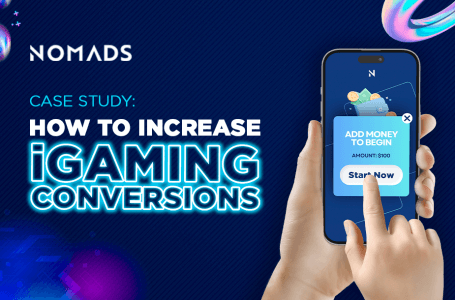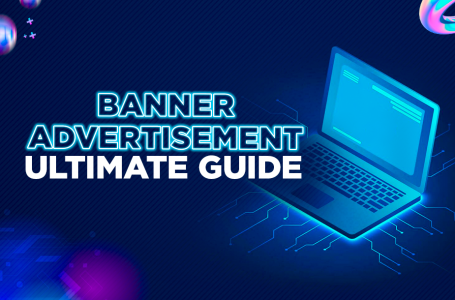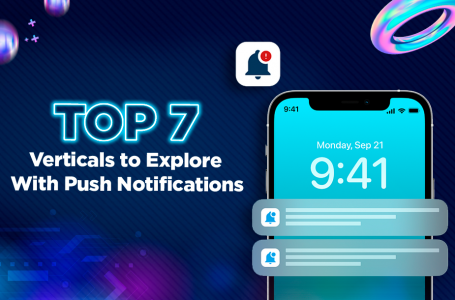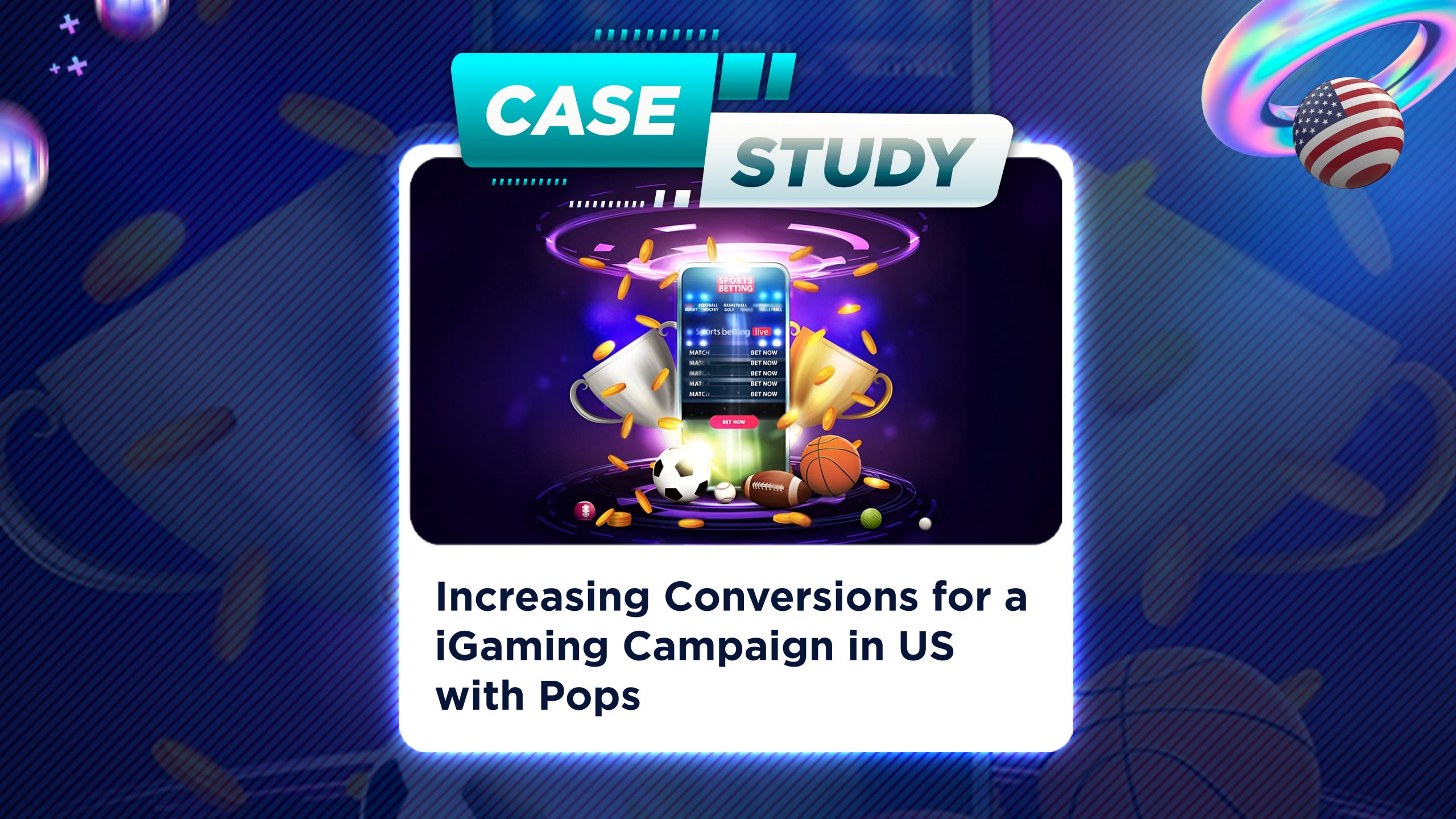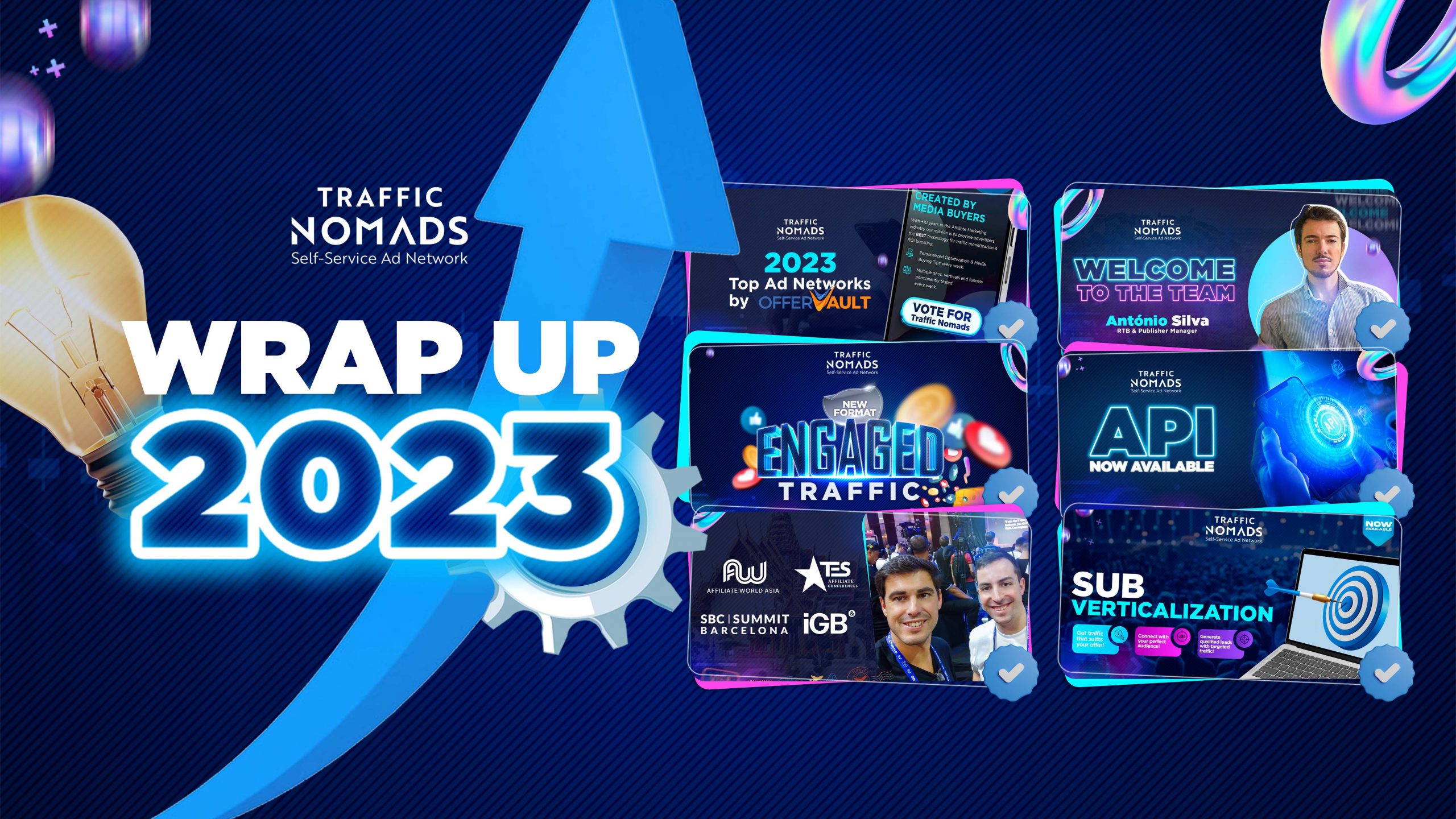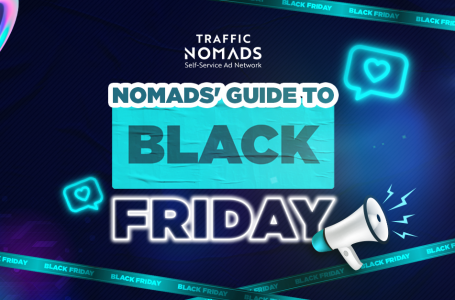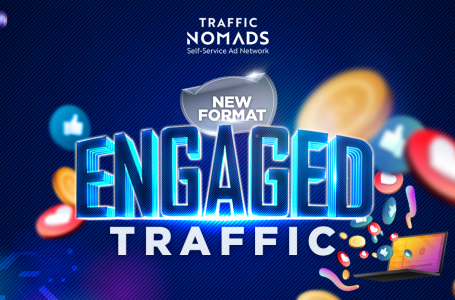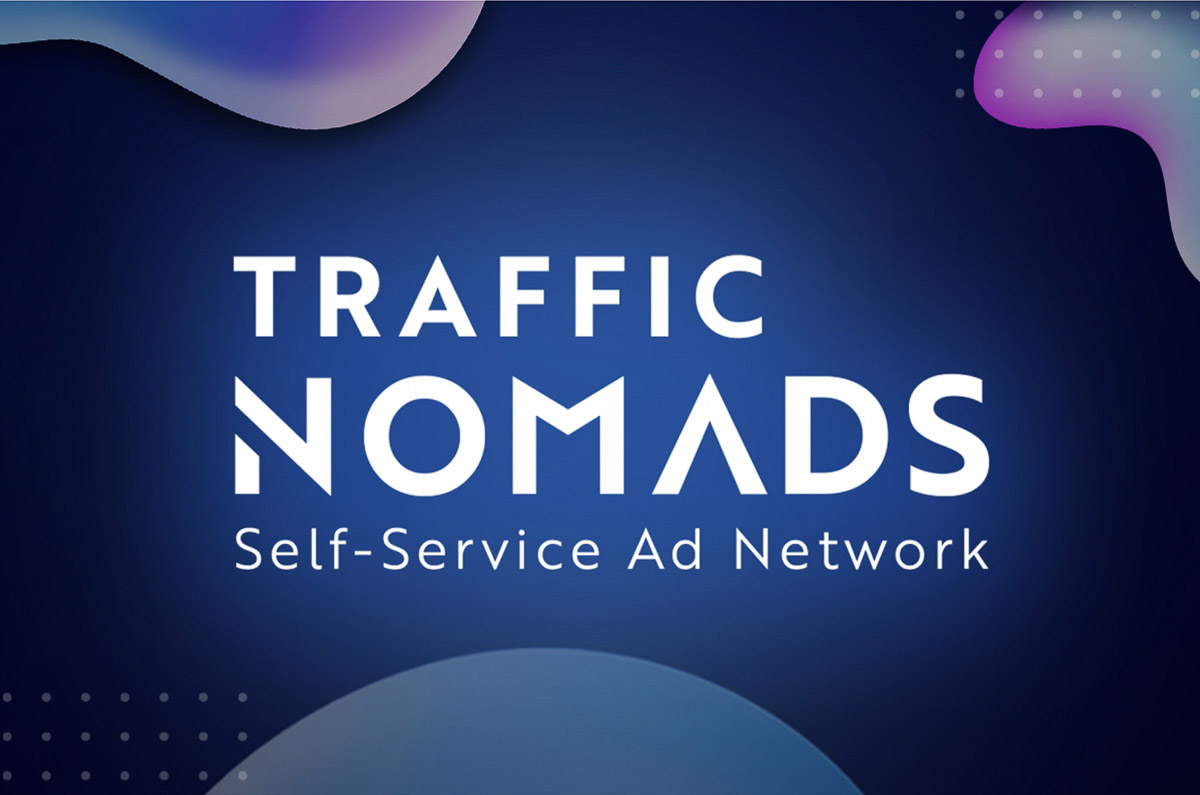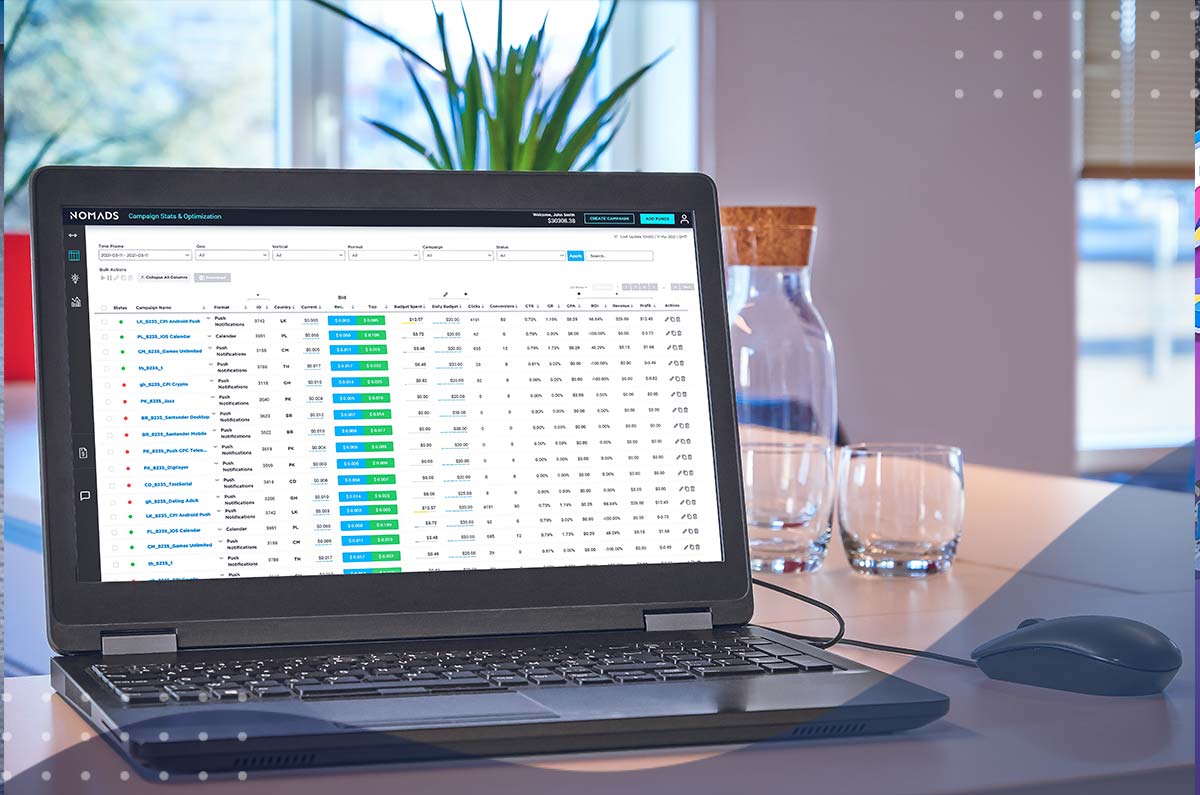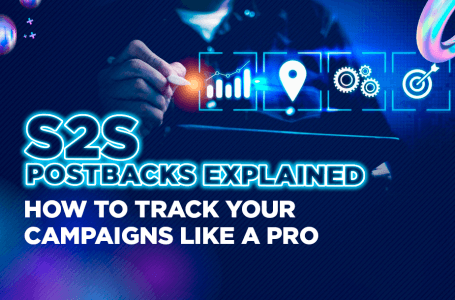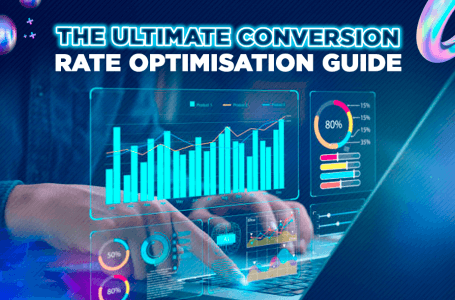
Real-Time Bidding (RTB) could be your next game-changing move. In this guide, we’ll walk you through everything you need to know about RTB and how it can revolutionize your advertising strategy.
Real-Time Bidding is a dynamic and data-driven method of buying and selling digital ad impressions in real-time auctions. By using sophisticated algorithms and machine learning, RTB allows advertisers to target specific audiences with precision and efficiency. This means your ads are shown to the right people, at the right time, and in the right context.
In this guide, we’ll dive into the inner workings of RTB, explaining key concepts such as demand-side platforms (DSPs), supply-side platforms (SSPs), ad exchanges, and data management platforms (DMPs). We’ll explore the benefits of RTB, including increased transparency, better ROI, and improved campaign performance. We’ll also provide practical tips to help you navigate the RTB landscape and develop winning bidding strategies.
How RTB works
Real-Time Bidding (RTB) is a programmatic approach to buying and selling digital ad impressions in real-time. It operates on the principle of an auction-based system, where advertisers bid for the opportunity to display their ads to specific users or audiences.
The process begins with a user visiting a website or using a mobile app. When the user’s page loads, the publisher’s ad server sends a bid request to an ad exchange, which then relays the request to multiple demand-side platforms (DSPs) that represent the advertisers. The DSPs, using advanced algorithms and data, evaluate the bid request and determine the value of that impression based on factors such as the user’s demographics, interests, browsing history, and the advertiser’s targeting criteria.
The DSPs then submit their bids to the ad exchange, which conducts a real-time auction. The ad exchange selects the highest bidder, and the winning advertiser’s ad is then displayed to the user in a fraction of a second. This entire process happens in the blink of an eye, ensuring that the most relevant and valuable ad is shown to the user. The publisher receives the revenue from the winning bid, while the advertiser gains access to a highly targeted and engaged audience.
Key players in the RTB area
The Real-Time Bidding ecosystem is composed of several key players, each playing a crucial role. Understanding these players and their functions is essential to understand the RTB area effectively.
Advertisers: Advertisers are the entities that want to promote their products or services to potential customers. They use RTB to reach their target audience with personalized and relevant ads, with the goal of driving conversions and ROI.
Publishers: Publishers are the owners of websites, mobile apps, or other digital properties that serve as the inventory for advertisers to display their ads. They use RTB to monetize their digital assets by selling ad impressions to the highest bidder.
Ad Exchanges: Ad exchanges are the marketplaces where advertisers and publishers come together to buy and sell ad impressions in real-time. They facilitate the auction process, ensuring fair and transparent bidding, and provide the infrastructure for the RTB ecosystem to function.
Benefits of using RTB for advertisers
Real-Time Bidding offers a range of benefits for advertisers, making it a powerful tool for digital advertising campaigns. Here are some of the key advantages of using RTB:
Targeted Audience Reach: RTB allows advertisers to precisely target their desired audience based on a wide range of data points, such as demographics, interests, browsing behavior, and location. This ensures that ads are shown to the most relevant and engaged users, leading to higher conversion rates and better ROI.
Improved Efficiency and Cost-Effectiveness: By automating the ad buying process, RTB eliminates the need for manual negotiations and streamlines the entire campaign management. This results in reduced operational costs and more efficient use of advertising budgets, as advertisers can bid on individual impressions rather than buying in bulk.
Enhanced Transparency and Measurement: RTB provides advertisers with detailed data and analytics on their campaigns, including impressions, clicks, conversions, and cost-per-acquisition (CPA). This level of transparency allows advertisers to make data-driven decisions, optimize their campaigns, and measure the effectiveness of their advertising efforts.
Best practices for implementing RTB campaigns
To maximize the benefits of Real-Time Bidding, advertisers should follow these best practices when implementing RTB campaigns:
Develop a Comprehensive Bidding Strategy: Advertisers should carefully analyze their target audience, campaign goals, and budget to develop a well-informed bidding strategy. This includes setting appropriate bid prices, adjusting bids based on real-time performance data, and continuously optimizing the strategy to achieve the desired outcomes.
Leverage Data and Audience Segmentation: Effective use of data and audience segmentation is crucial for RTB success. Advertisers should work with their DSP and data management platform (DMP) to access and analyze a wide range of data points, such as demographics, interests, and browsing behavior, to create highly targeted and personalized ad campaigns.
Ensure Brand Safety and Fraud Prevention: Advertisers should implement robust brand safety and fraud prevention measures, such as whitelisting reputable publishers, using third-party verification tools, and continuously monitoring their campaigns for any suspicious activities.
Conclusion
Real-Time Bidding has revolutionized the digital advertising area, offering advertisers unprecedented levels of targeting, efficiency, and measurability. As the programmatic ecosystem continues to evolve, the future of RTB holds exciting possibilities.
